A Hotel with a Troglodyte Feel
The Shiroiya Hotel was renovated by architect Sou Fujimoto with a new, curved structure covered in plants.
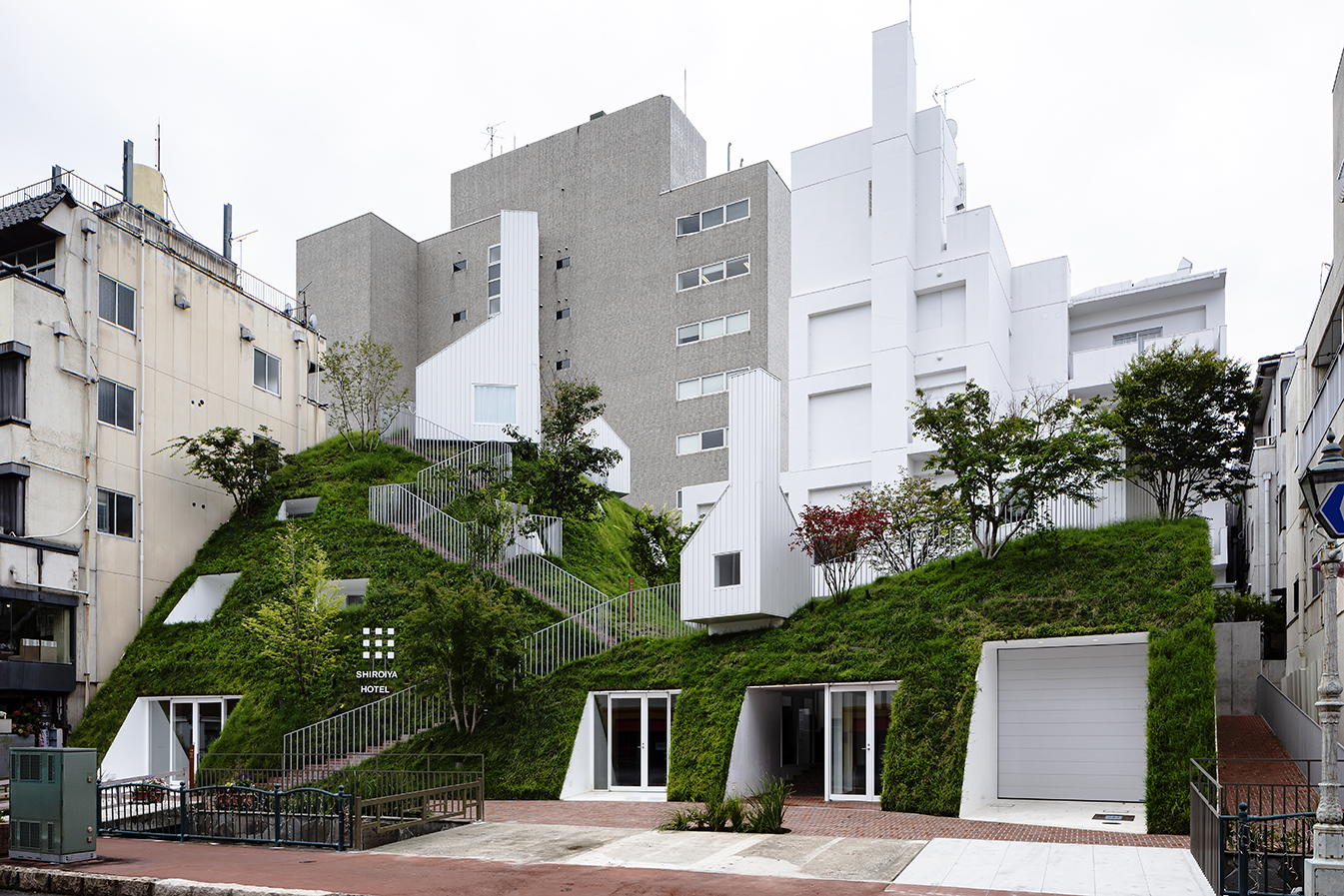
© Shinya Kigure
Located in the city of Maebashi, Gunma prefecture, two hours north of Tokyo, Shiroiya Hotel was renovated by architect Sou Fujimoto. The artist, particularly known for the Arbre blanc in Montpellier, was selected in 2014 by the Tanaka Hitoshi Foundation, which was managing the project, to redesign this building, a 300-year-old former ryokan that had been closed since 2008 and threatened with demolition.
An echo of the city’s hills
Sou Fujimoto planned this rebirth in two stages. First, he drew on the existing structure, Heritage Tower, a rough concrete building covering an area of 1744 m2 that houses 17 rooms and opens onto an airy atrium. He then created the Green Tower from scratch, adjacent to the former ryokan. This 820-m2 curved building contains eight rooms and was designed to resemble a miniaturisation of the hills lining the river that runs through the city, being entirely covered in plants. With its green walls and large glass windows here and there, the architect’s creation is reminiscent of the aesthetic seen in troglodyte buildings.
When designing the rooms and certain pieces of furniture, Sou Fujimoto called upon international architects and designers like Jasper Morrison from England and Michele de Lucchi from Italy. Art also occupies a prominent position in this hotel, which opened its doors to the public on 12 December 2020: works of art are displayed in the lobby, and also in each of the hotel rooms. This trend of combining holidaying and art is becoming increasingly common in Japan, as evidenced by Node Hotel in Kyoto and the BnA in Tokyo.
More information about Shiroiya Hotel can be found on its website and on architect Sou Fujimoto’s website.
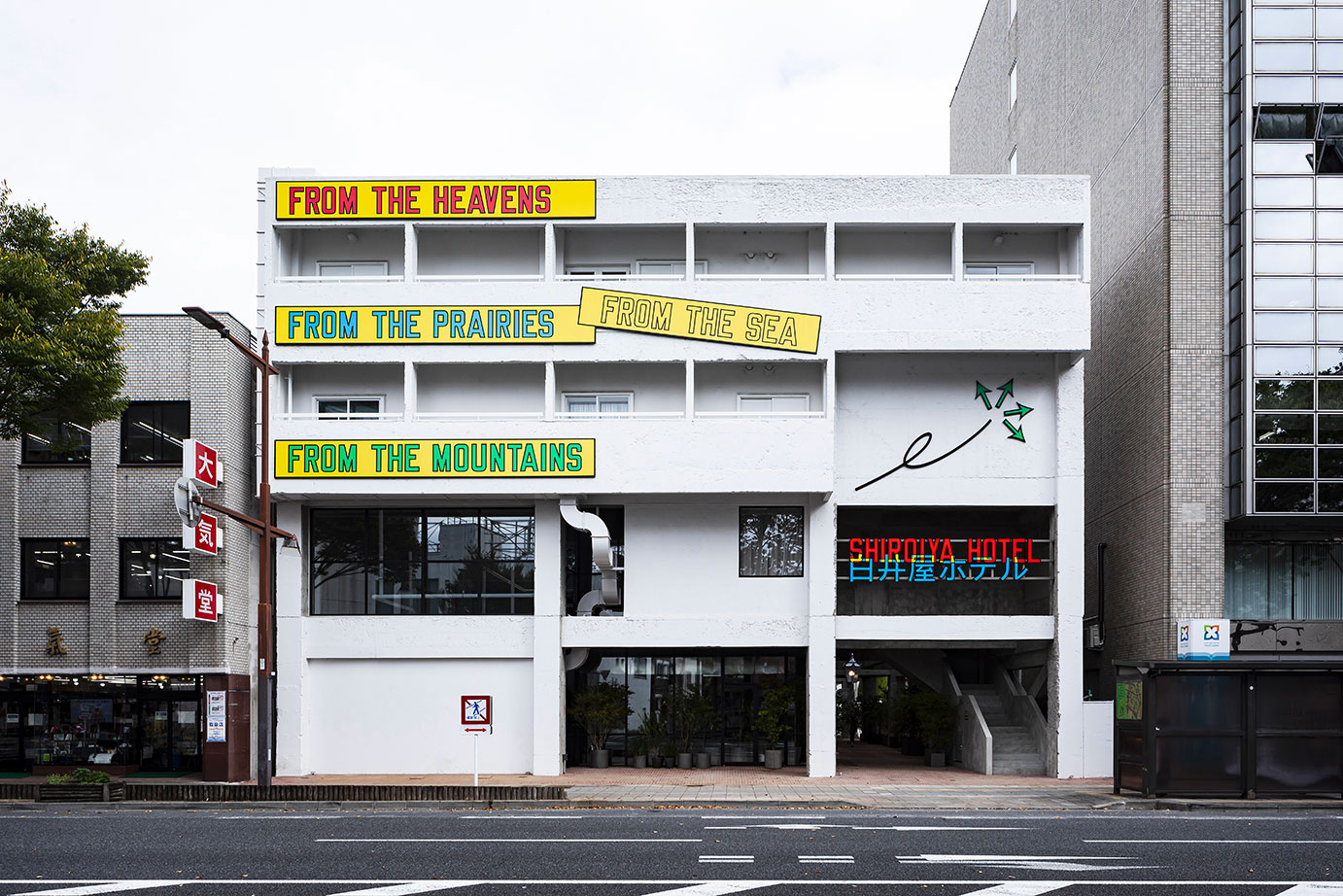
© Shinya Kigure
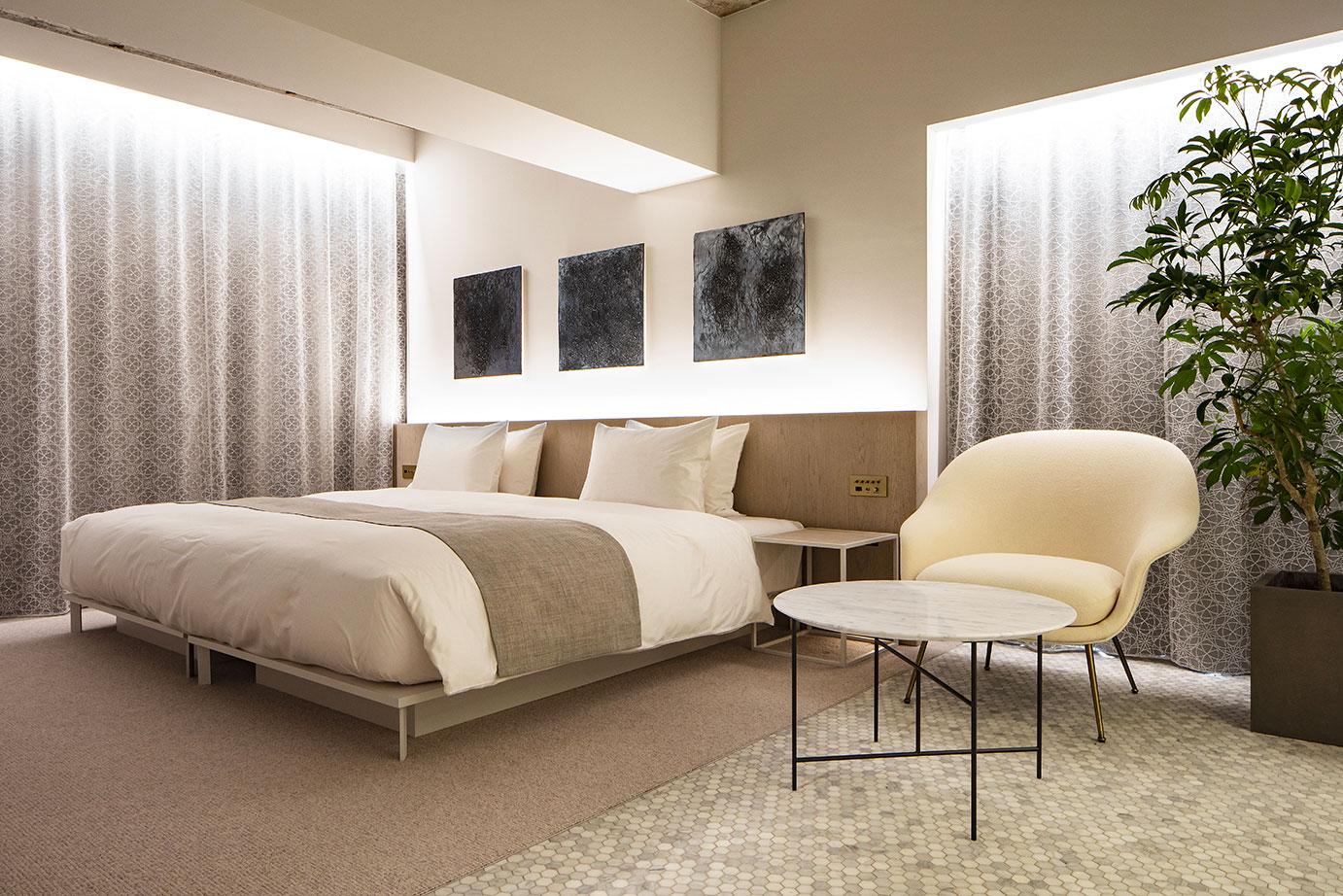
© Shinya Kigure
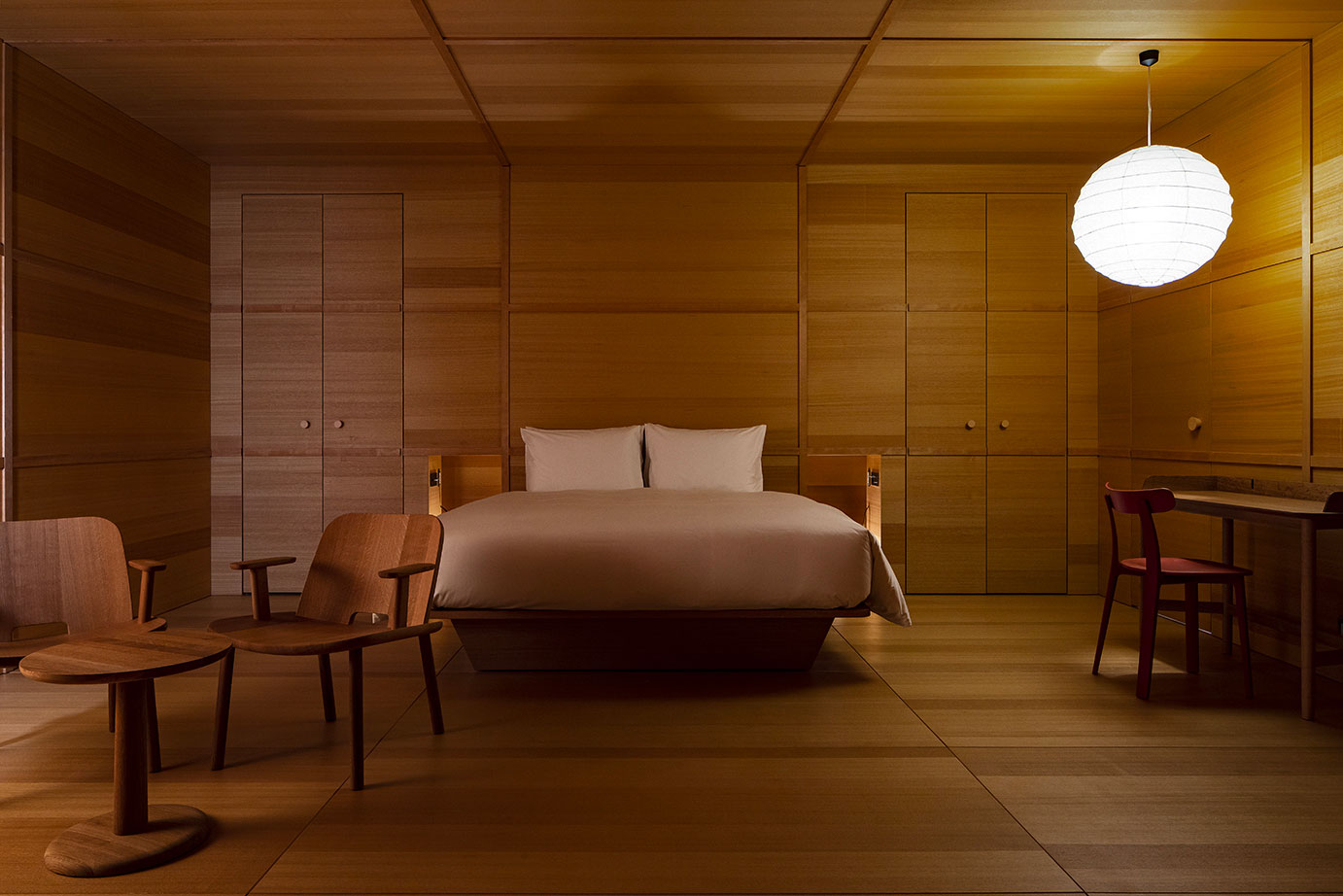
© Shinya Kigure

© Shinya Kigure
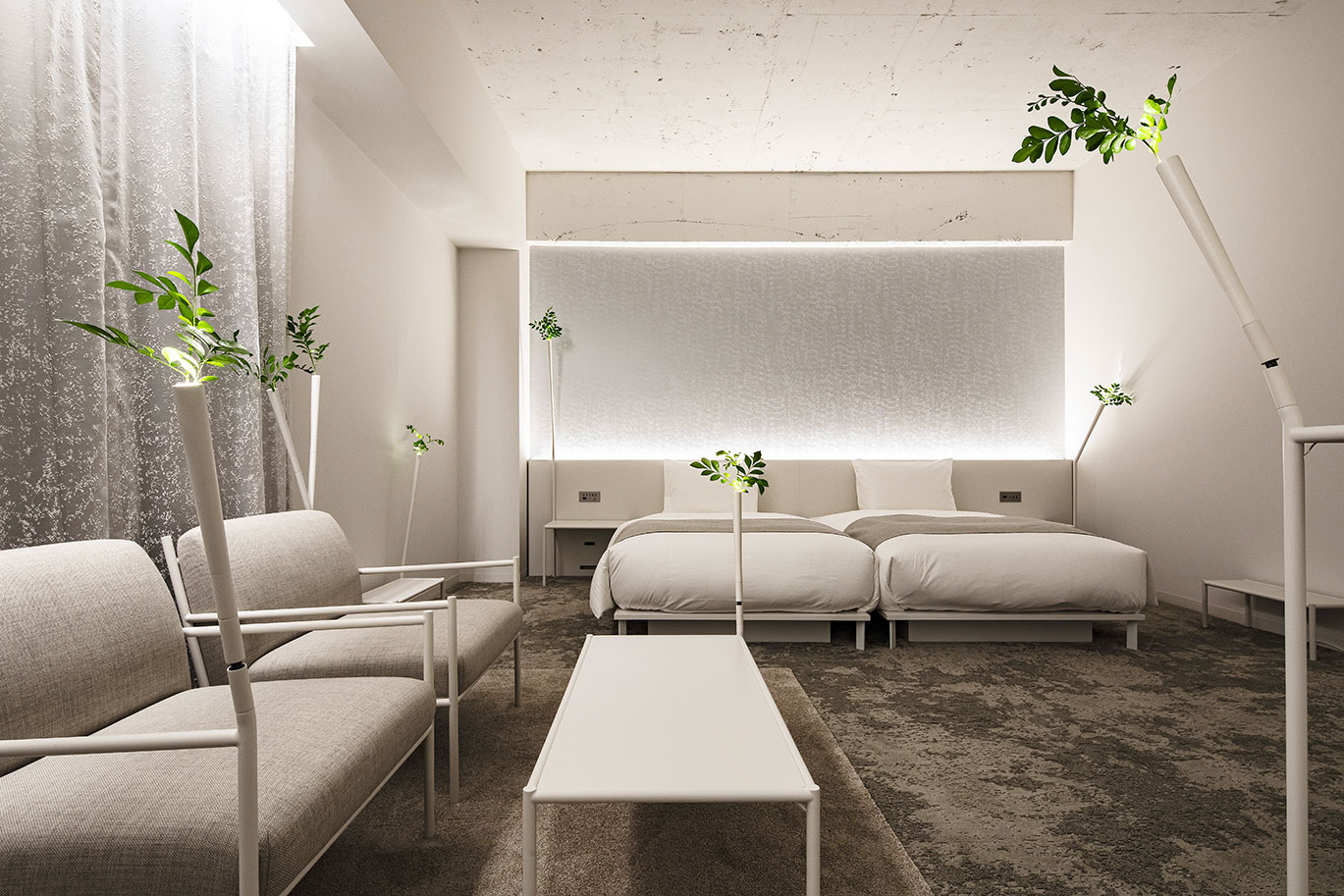
© Shinya Kigure
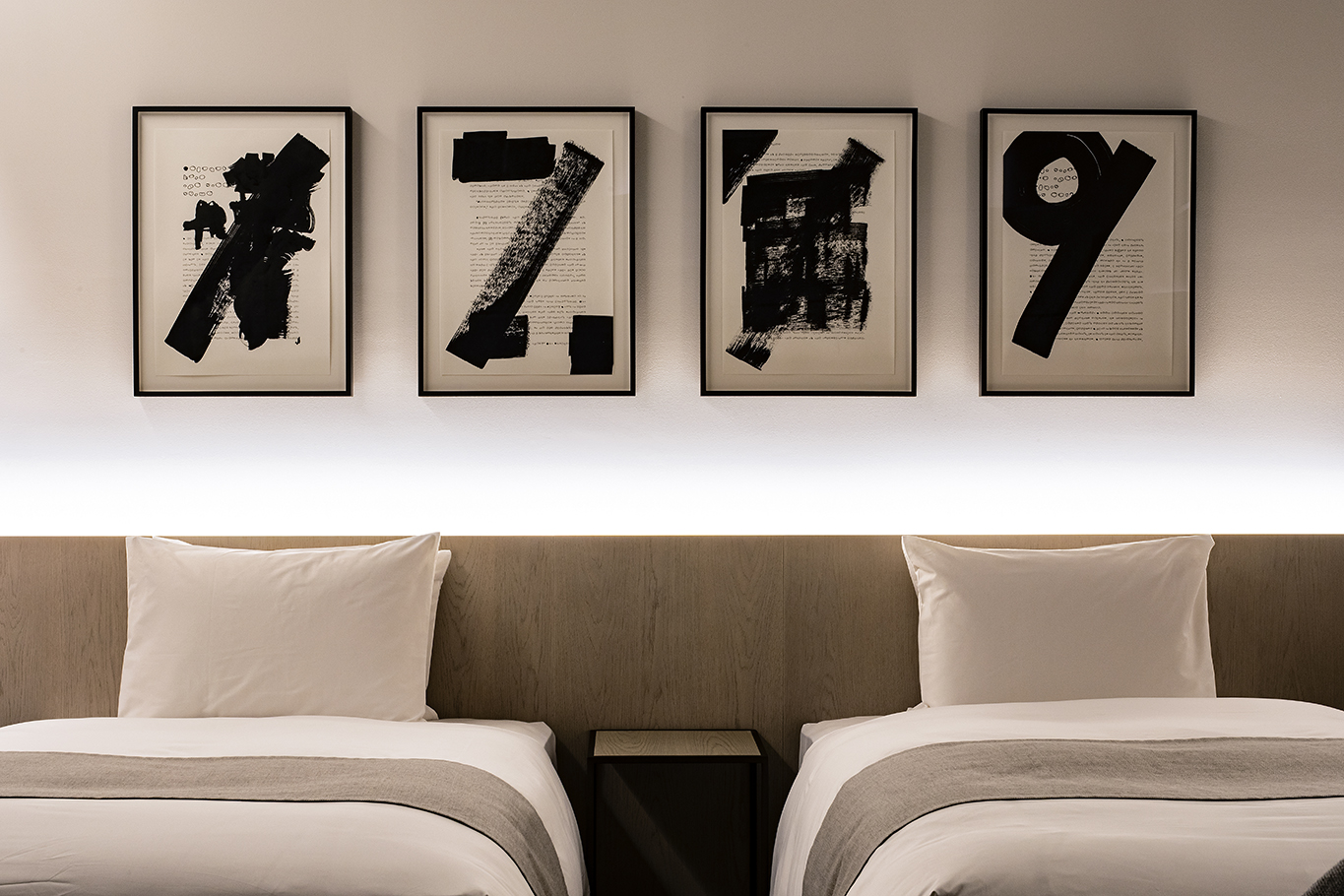
© Shinya Kigure
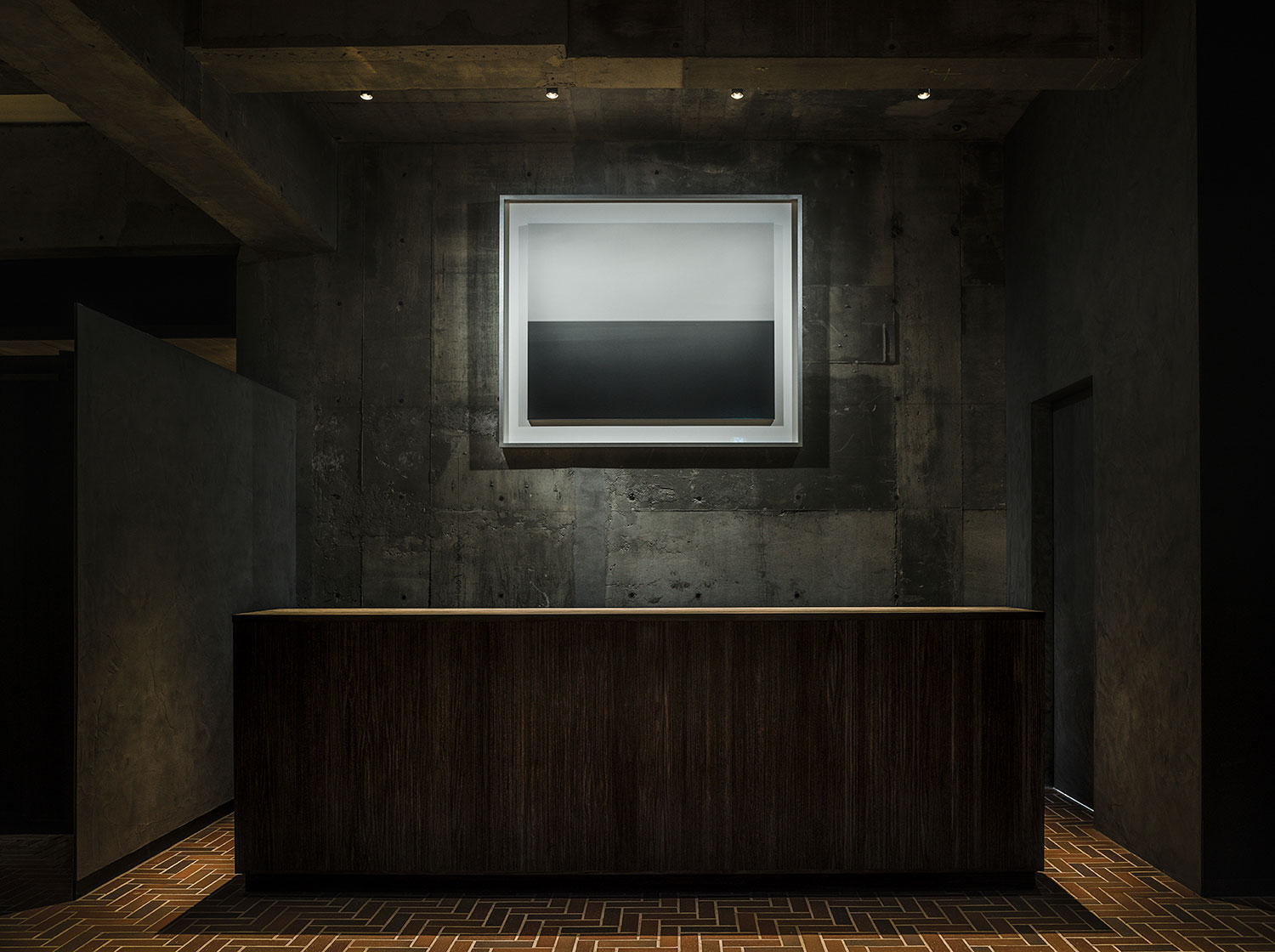
© Shinya Kigure
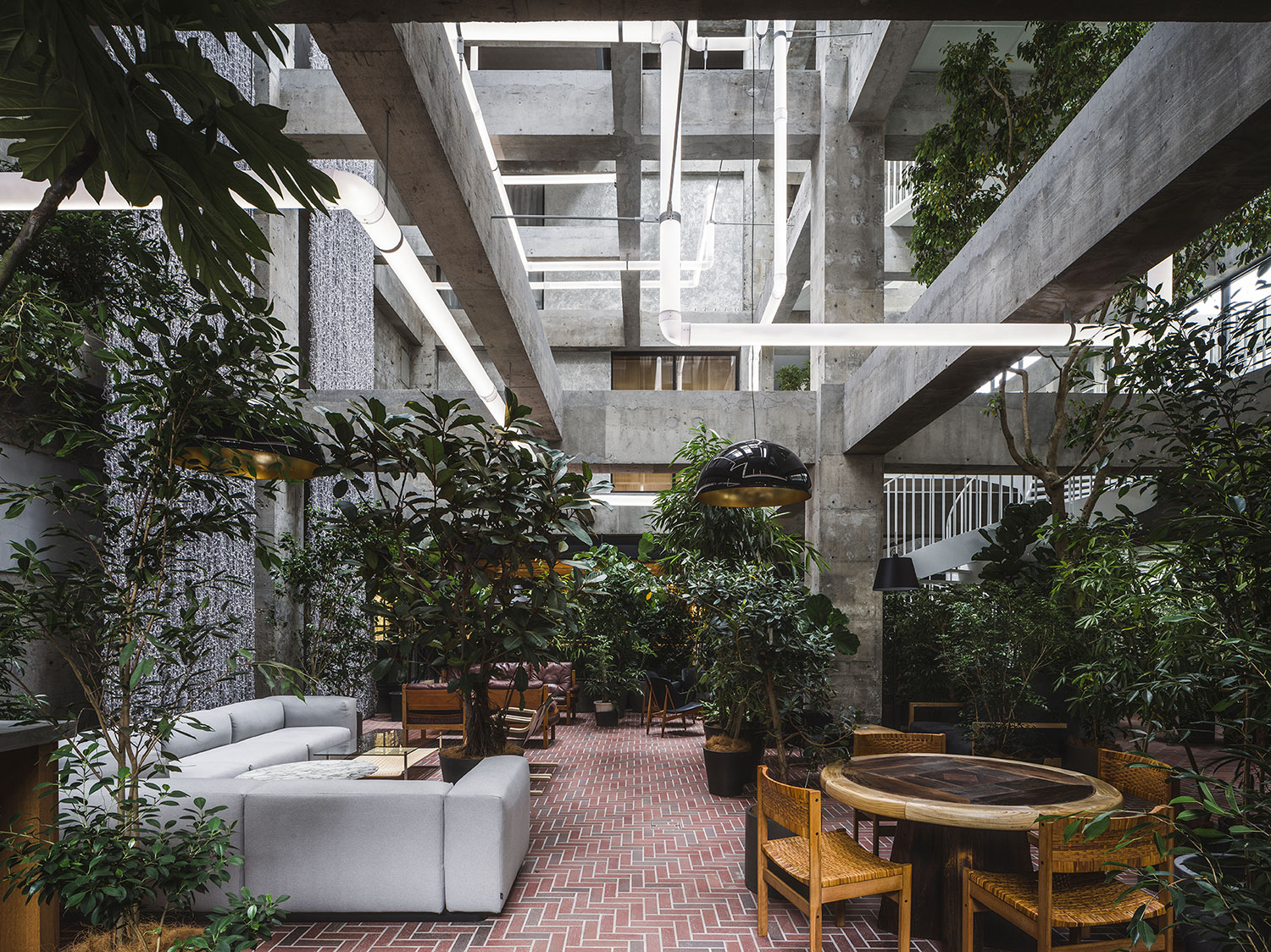
© Shinya Kigure
TRENDING
-
Hiroshi Nagai's Sun-Drenched Pop Paintings, an Ode to California
Through his colourful pieces, the painter transports viewers to the west coast of America as it was in the 1950s.

-
The Tattoos that Marked the Criminals of the Edo Period
Traditional tattoos were strong signifiers; murderers had head tattoos, while theft might result in an arm tattoo.

-
A Craft Practice Rooted in Okinawa’s Nature and Everyday Landscapes
Ai and Hiroyuki Tokeshi work with Okinawan wood, an exacting material, drawing on a local tradition of woodworking and lacquerware.

-
David Bowie Dressed by Kansai Yamamoto
The English singer was strongly influenced by 'kabuki' theatre and charged the Japanese designer with creating his costumes in the 1970s.

-
‘Seeing People My Age or Younger Succeed Makes Me Uneasy’
In ‘A Non-Conformist’s Guide to Surviving Society’, author Satoshi Ogawa shares his strategies for navigating everyday life.





